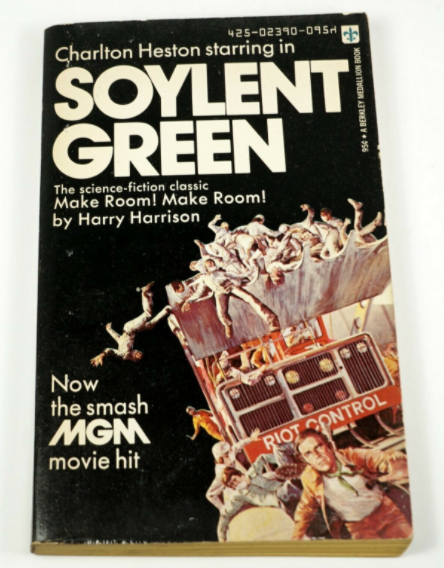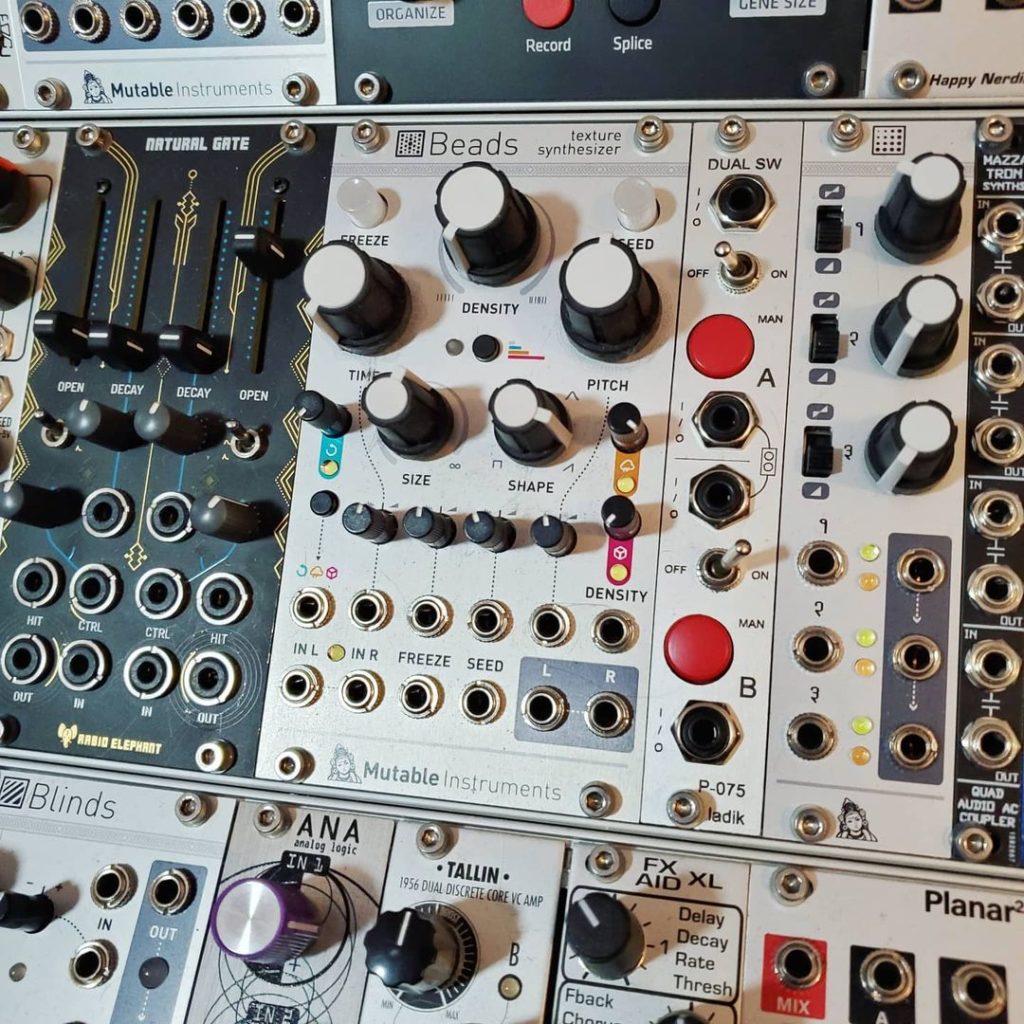More demos and interviews about the Make Noise Strega have come forth, and I’m more convinced than ever I would really love one if I had it in my studio. And… at least for now I am sticking to my resolution and not buying it. If there is a golden opportunity to pick one up at a steep discount, I might not resist. But I don’t expect that for a while anyway.
MetaFilter has shared a couple of good posts lately on the subject of the attention economy and its titans:
Goodbye 2010s: techno-optimism edition
Though yes, the article does have some optimism for the future, it also points out a possible double-whammy explanation for why everything is terrible now: the combination of zero interest rate policy and algorithmic social media.
I don’t entirely follow the finance argument on its own, but combine that with the ability for someone who already has media attention to exponentially inflate their personal brand through fraud and assholery, which makes investors willing to shovel piles of cash at them because of their fame, and you get Kylie Jenner, Elon Musk and Donald Trump. It makes a certain amount of sense.
I mentioned the article to my spouse and she pointed out the writer’s strike of 2007-2008 and the spawning of reality TV. Without “The Apprentice,” I don’t think Trump would have had nearly as much of a personal brand in the public consciousness, and “creepy old rich guy with no taste thinks Obama isn’t actually an American” might have been good for two minutes of laughter followed by instantly forgetting about it. Of course, Twitter’s algorithm did go on to boost the horribleness. So the whole “running for President to build his personal brand” thing wouldn’t have happened.
Sigh.
On a more down to earth level, the attention economy was predicted in the 80s, before the internet was really even a thing to people not wearing lab coats.
As I said in my first blog entry here, I’ve quit Facebook. But I only recently had an epiphany about Instagram: trying to “train” the algorithm that suggests posts or shows a bunch of stuff on the search page, is worse than futile. Marking things “I am not interested in this” only informs the algorithm that I noticed the thing in question. While breaking my habit of checking my feed frequently might be hard, I should have an easier time just sticking strictly to the accounts that I actually follow.
And speaking of attention theft: any game that sends notifications on my phone to remind me to play it every few hours gets IMMEDIATELY deleted.
I wish I could preemptively block all requests to review products or services, too. Every single thing I buy online, every time I go to the dentist even. I get FOUR surveys each time I take my car in for warranty service.
Anyone who texts me and isn’t family or an unavoidable, legitimate business thing (like “your Grubhub driver is arriving soon”) gets blocked. Again, I wish that could be done preemptively.
Robocalls are the worst. There was a day when I received 15 phone calls from 15 different unidentified phone numbers, all of them leaving identity theft scam voicemail. I finally paid for the Hiya app so I could block a range of numbers. (So if you’re from Bangladesh and have a legitimate reason to call me, sorry.) I’m also constantly getting texts and phone calls from people offering to buy my house, which I have never indicated any interest in to anyone ever; of course may also be total scams as well. I am on the national Do Not Call registry and it doesn’t seem to help at all. I kind of want to ditch my current phone number, give it only to family members and my doctor’s office and bank, and see how that feels.
I use ad blockers in my browser without any sense of guilt whatsoever. Basing “free” websites on advertising revenue has led to surveillance capitalism and greatly worsened this attention economy. I feel like this is another thing that a universal basic income could help out with a lot actually — allowing “content creators” (*) to do their thing without begging for support.
(*) ugh. Can we say artists, entertainers, journalists and teachers here instead? Because good “content” is art, entertainment and/or knowledge, not just grist for the money mill.
Anyway, enough on this, I’m just ranting and making myself unhappy.
Music!
I’ve re-read Curtis Roads’ Microsound, which as far as I know is the absolute definitive book on granular synthesis. Roads wasn’t exactly the inventor of the concept, but much of his career has been spent in research and exploration of it, developing granular synthesis software and techniques and music. He is very much into different time scales of musical composition, from the tiniest grains of sound to “mesoscale” musical phrases and structure, and especially takes interest in the vague area where rhythm becomes tone.
Of course I read it for some inspiration and insight into the new project I’ve started. My approach is much less academic and formal, but then, I live in an era where I can pump some audio through a module or a plugin or a pedal. His research began in the days where digital synthesis meant an unfriendly programming language on a stack of punch cards, running a job overnight on the university computer to produce a spool of data tape that had to be carried across town to another university’s computer in an oceanography lab to convert the data to analog signals and record them on audio tape. (I seem to recall a story that John Chowning, the discoverer of FM synthesis, had to build his own digital-to-analog converter because Stanford didn’t own one.)
Roads developed a lot of non-sample-based techniques where grains contained generated waveforms or pulse trains. In a sense, it’s just playing thousands of very short notes very quickly until they blur together and become something else, preferably with some higher level organization on a more typical “notes” time scale. But all of that layering and amplitude modulation has consequences on timbre, and all of those rapid events are blurred together by human perception, so the result can be pretty fascinating. Although I have to say, some of them are more interesting in theory than in practice, compared to other synthesis techniques.
Musicians have generally latched much more onto granularization — sampling audio and then using that as the basis to generate grains through playing back short snippets in layers. That allows nearly total transformation of the sound in some aspects, while perhaps keeping other aspects. Stretching a sample in length without changing its pitch. Or repitching without changing the tempo. Or reversing it, or giving it a growly character, or blurring it in time into something more reverb-like, or modulating the time and pitch into something liquid and flowing, or turning it into a scintillating pointillist cloud. Or cutting it into such small pieces that it changes the spectral content entirely. Or, since the technology is basically the same, cutting it apart on a slightly larger scale and chopping up the rhythm.
My first couple of recordings for this album are pretty raw and experimental, directly revealing what this module is doing, without any other accompaniment or added effects, and with detailed patch notes. In both of them, there are varieties of textures created by changing parameters in a relatively simple patch.
I don’t know if the whole album is going to be like this, or if I’m going to intersperse these sorts of examples between more musical works that still feature granular techniques in some way (more like what I did with Rings, Lyra-8 and Akemie’s Castle on three previous albums).









